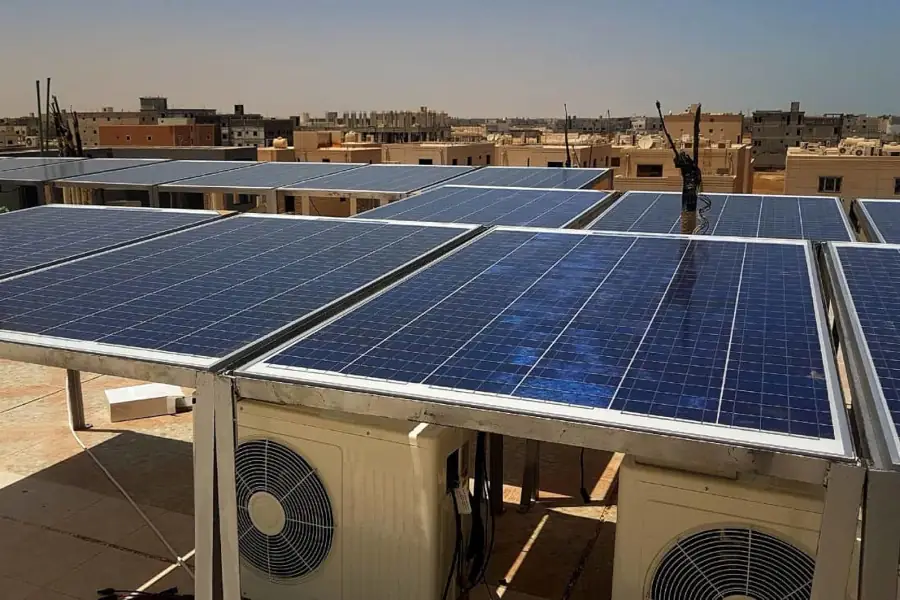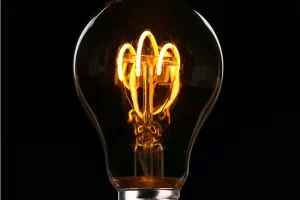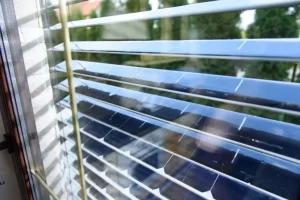Among the different energy alternatives, solar energy stands as a promising contender, owing to its infinite and clean nature. An application that’s gaining increasing traction is the solar-powered air conditioner, combining the cooling comfort of air conditioning with the sustainability of solar power. This article aims to unpack this innovative technology, exploring its advantages, disadvantages, key manufacturers, and reasons behind its growing appeal.
What is a Solar-Powered Air Conditioner?
A solar-powered air conditioner, as the name implies, leverages solar energy to cool homes and buildings. It primarily relies on solar panels to convert sunlight into electrical energy, which powers the air conditioning system. This process circumvents the need for conventional electricity, making it an environmentally friendly alternative.

These air conditioners can be categorized into two types: solar electric air conditioners and solar thermal air conditioners. Solar electric systems use photovoltaic (PV) panels to convert sunlight directly into electricity, which powers the conventional air conditioning system. Solar thermal systems, on the other hand, use solar heat energy to drive a thermal cooling process, reducing the use of electricity.
Advantages of Solar-Powered Air Conditioners
Solar-powered air conditioners offer a myriad of advantages, with the foremost being their contribution to reducing carbon footprints. By harnessing the power of the sun, these air conditioners eliminate the need for fossil fuel-based electricity, thus curbing greenhouse gas emissions.
Additionally, these units are economical in the long run. While the initial installation costs may be substantial, the cumulative savings from lower electricity bills can offset the initial outlay over time. Some regions also provide incentives, grants, or tax rebates to encourage the adoption of solar technologies.
Finally, solar air conditioners can deliver uninterrupted cooling even during power outages, provided they have battery storage or a hybrid grid system. This is a significant benefit in regions prone to frequent power cuts or those with unreliable electricity grids.
Disadvantages of Solar-Powered Air Conditioners
Despite the aforementioned advantages, solar-powered air conditioners also come with a few drawbacks. The major one is the high upfront cost associated with the purchase and installation of solar panels and the air conditioning unit. This can deter potential users who may not have the resources to make the initial investment.
Additionally, these systems rely heavily on the sun’s availability. Therefore, they might not perform optimally during cloudy days, rainy seasons, or at night without a proper battery storage system. Furthermore, the installation requires a sizable amount of space for the solar panels, which could be a limiting factor for those living in apartments or densely-populated urban areas.
Solar-powered Air Conditioner types
As we mentioned before, there are two main categories of solar-powered air conditioners – solar electric and solar thermal. Here’s some more details what you should know about each of them.
Solar Electric Air Conditioners
Solar electric air conditioners operate by utilizing photovoltaic (PV) cells to convert sunlight directly into electricity, powering the air conditioning unit. The system usually consists of PV panels, an inverter, and a traditional air conditioning system.
Solar Electric Air Conditioner advantages:
- They’re eco-friendly. Solar electric air conditioners reduce dependency on fossil fuel-derived electricity, helping to lower greenhouse gas emissions.
- They are cost-fffective. Once installed, solar electric air conditioners can lead to significant savings on energy bills in the long run.
- They are scalable. Solar PV systems are easily scalable. Users can add more solar panels if they want to generate more electricity.
Solar Electric Air Conditioner Disadvantages:
- High Initial Costs. The upfront costs of purchasing and installing the PV panels and the air conditioning system can be quite high.
- They’re dependent on sunlight. These systems need sunlight to generate electricity. Therefore, they may not perform optimally during cloudy or rainy days and at night, unless they are connected to a grid or have a battery storage system.
- They require space. Solar electric air conditioners need a considerable amount of space for solar panel installation, which could be an issue in urban areas or buildings with limited roof space.
Solar Thermal Air Conditioners
Solar thermal air conditioners use the heat energy from the sun to drive a cooling process, often using an absorption chiller or a desiccant cooler. These systems are different from solar electric air conditioners because they directly use heat from the sun instead of converting sunlight into electricity.
Solar Thermal Air Conditioner Advantages:
- Energy-Efficient. Solar thermal systems can be more energy-efficient than solar electric systems as they directly use solar heat, eliminating the energy losses that occur during the conversion of sunlight to electricity.
- Lower Operational Costs. These systems can lead to even lower operational costs compared to solar electric air conditioners because they use simpler, cheaper technology.
- Less Weather Dependent. Since these systems use heat rather than sunlight, they can operate even under cloudy conditions and are generally less impacted by changes in weather compared to solar electric air conditioners.
Solar Thermal Air Conditioner Disadvantages:
- High Installation Cost. Similar to solar electric air conditioners, solar thermal air conditioners also require a significant initial investment.
- Complex Installation. The installation of solar thermal systems can be complex due to the need for heat transfer fluid systems and chillers.
- Space Requirement. Like solar electric systems, solar thermal air conditioners also require a significant amount of space for the solar thermal collectors.
Both solar electric and solar thermal air conditioners provide environmentally-friendly solutions for cooling needs. However, the choice between the two should be made based on the specific needs and circumstances, including local climate, available space for installation, and budget.
Key Manufacturers of Solar-Powered Air Conditioners
Many manufacturers are tapping into the potential of solar-powered air conditioners, driven by the global push toward sustainability.
Lennox is a notable player in this field, known for its SunSource Home Energy System. This system not only powers air conditioning units but also other appliances in the home, making it a comprehensive solution.
Another prominent manufacturer is Gree, a Chinese company that has introduced a range of solar-powered air conditioning units. Their solar-electric hybrid model has gained significant attention for its efficiency and affordability.
SolarCool, based in the United States, is yet another industry leader. They offer a patented system that utilizes both solar thermal and solar PV technology to power their air conditioning units, ensuring efficient operation even on less sunny days.
Why Opt for Solar-Powered Air Conditioning Units?
Despite the high initial costs, individuals and businesses alike are increasingly opting for solar-powered air conditioners. This can be attributed to their long-term cost-effectiveness, the desire to minimize carbon footprint, and the potential to ensure cooling comfort even in power outage scenarios. The global rise in electricity prices also makes solar-powered options more attractive.
Moreover, adopting solar-powered air conditioners aligns with the broader global shift toward renewable energy. By investing in these units, consumers can participate in the global effort to combat climate change, making it not only a personal but also an environmental investment.
Conclusion
In the battle against global warming, the potential of solar-powered air conditioners is vast. While they may have their share of challenges, their advantages are hard to overlook. As the technology evolves and becomes more accessible, it’s likely we’ll witness an increased adoption of solar-powered air conditioners. By bridging the gap between comfort and sustainability, these units stand as a testament to human ingenuity and our capacity to adapt for the betterment of the planet.



